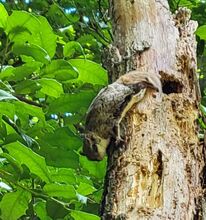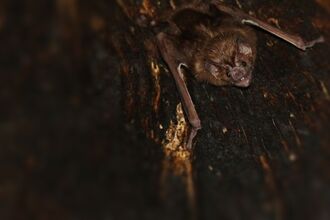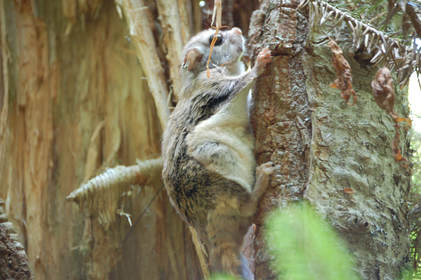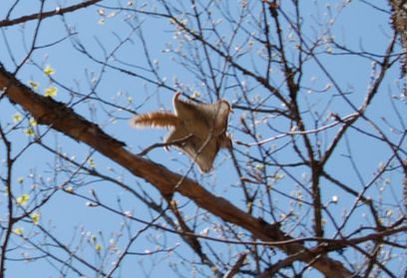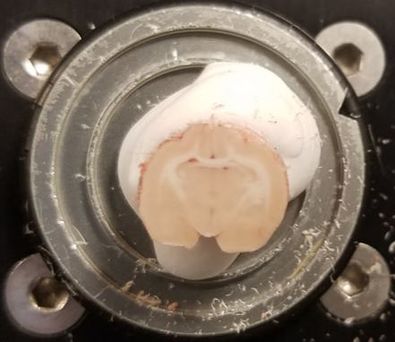Current research
Flying squirrel research
Our lab is trying to understand why flying squirrels come together and co-nest.
It has long been assumed that southern flying squirrels gather in large groups to stay warm in the wintertime. However, these squirrels also gather in the summer, and in all latitudes (including Florida!). We have hypothesized that oxytocin and vasopressin are impacting this co-nesting behavior. Southern flying squirrels are abundant on the eastern shore of Maryland, but are rarely seen since they are nocturnal.
We are currently using fieldwork and lab work to answer these questions.
It has long been assumed that southern flying squirrels gather in large groups to stay warm in the wintertime. However, these squirrels also gather in the summer, and in all latitudes (including Florida!). We have hypothesized that oxytocin and vasopressin are impacting this co-nesting behavior. Southern flying squirrels are abundant on the eastern shore of Maryland, but are rarely seen since they are nocturnal.
We are currently using fieldwork and lab work to answer these questions.
